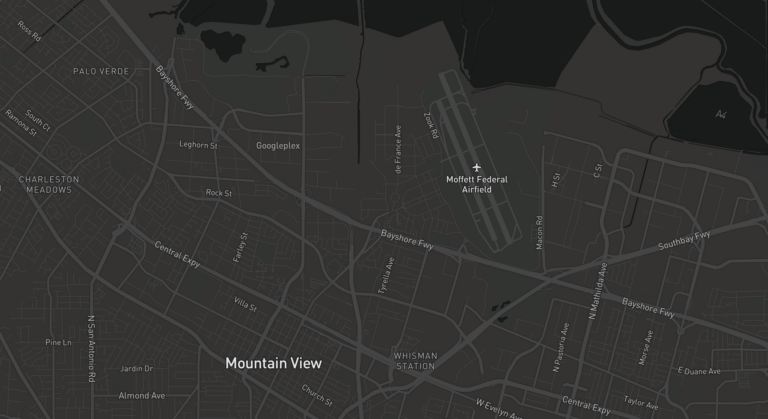“Dark and Darker” is a captivating dungeon crawler game that has gained a dedicated following thanks to its challenging gameplay, immersive atmosphere, and strategic depth. One of the key elements that makes the game so compelling is its diverse and intricate map design. In this article, we will explore the different maps in “Dark and Darker,” how they contribute to the gameplay experience, and tips on how to navigate these treacherous environments.
Overview of Map Design in “Dark and Darker”
The maps in “Dark and Darker” are more than just backdrops for combat and exploration; they are integral to the game’s mechanics and storytelling. Each map is meticulously crafted to challenge players’ strategic thinking and problem-solving skills. The game features a variety of maps, each with its own unique set of hazards, enemies, and objectives.
The design of these maps encourages players to explore cautiously, as dangers often lurk around every corner. The dark, moody atmosphere is enhanced by the limited visibility, forcing players to rely on sound cues and environmental clues to anticipate threats and navigate safely.
Key Features of “Dark and Darker” Maps
- Complex Layouts and Multiple Levels: The maps in “Dark and Darker” are designed with intricate layouts, often featuring multiple levels, hidden passages, and secret rooms. These complex environments require players to be methodical in their exploration, as rushing through can easily lead to an ambush or missing valuable loot.
- Dynamic Environments: The maps are not static; they change as players progress, with traps being triggered, doors locking behind them, and enemies spawning in unexpected locations. This dynamic environment keeps players on their toes and adds a layer of unpredictability to each playthrough.
- Resource Management: The scarcity of resources on each map adds another layer of challenge. Players must carefully manage their health, ammunition, and other supplies while navigating the map. This scarcity often forces difficult decisions, such as whether to engage a group of enemies or try to sneak past them to conserve resources.
- Strategic Combat Zones: Certain areas within the maps are designed as strategic combat zones, where players must utilize the environment to their advantage. For example, narrow corridors may funnel enemies into a single file, making them easier to manage, while open areas might leave players vulnerable to ranged attacks.
Types of Maps in “Dark and Darker”
- Dungeon Maps: Dungeon maps are the most iconic in “Dark and Darker,” featuring labyrinthine corridors, ancient ruins, and ominous chambers. These maps are filled with traps, puzzles, and powerful enemies that test the player’s skills and resolve. Dungeon maps often require players to find keys, unlock doors, and solve environmental puzzles to progress.
- Outdoor Maps: Outdoor maps offer a change of pace from the claustrophobic dungeons, with open spaces, forests, and ruined villages. These maps present their own set of challenges, such as environmental hazards like cliffs and rivers, as well as ambushes from hidden enemies. The open nature of these maps requires players to be even more vigilant, as threats can come from any direction.
- Boss Arenas: Boss arenas are specially designed maps where players face off against powerful bosses. These maps are often smaller in size but are filled with environmental hazards and strategic points that can be used to gain an advantage in the battle. The design of these arenas forces players to think critically about positioning and timing, as one wrong move can lead to a quick defeat.
Tips for Navigating “Dark and Darker” Maps
- Take Your Time: Rushing through the maps is a recipe for disaster. Take the time to explore each area carefully, checking for traps and hidden enemies. Slow and steady exploration will help you conserve resources and avoid unnecessary damage.
- Use the Environment: Make use of the environment to your advantage. Whether it’s luring enemies into traps, using choke points to manage large groups, or finding high ground for a better vantage point, the environment can be a powerful tool.
- Memorize Key Locations: Over time, try to memorize the layout of the maps, especially key locations such as healing points, supply caches, and exits. This knowledge can be invaluable in tight situations where you need to retreat or regroup.
- Cooperate with Teammates: If playing in co-op mode, communicate with your teammates and plan your strategy together. Splitting up can cover more ground, but it also increases the risk. Coordination is key to surviving the more difficult maps.
Conclusion
The maps in “Dark and Darker” are more than just settings for the action; they are central to the game’s challenge and appeal. Understanding the design and features of these maps is crucial for players looking to master the game. Whether you’re delving into a dark dungeon or exploring a haunted forest, the key to success lies in strategic thinking, careful exploration, and making the most of the resources and environment available to you.
